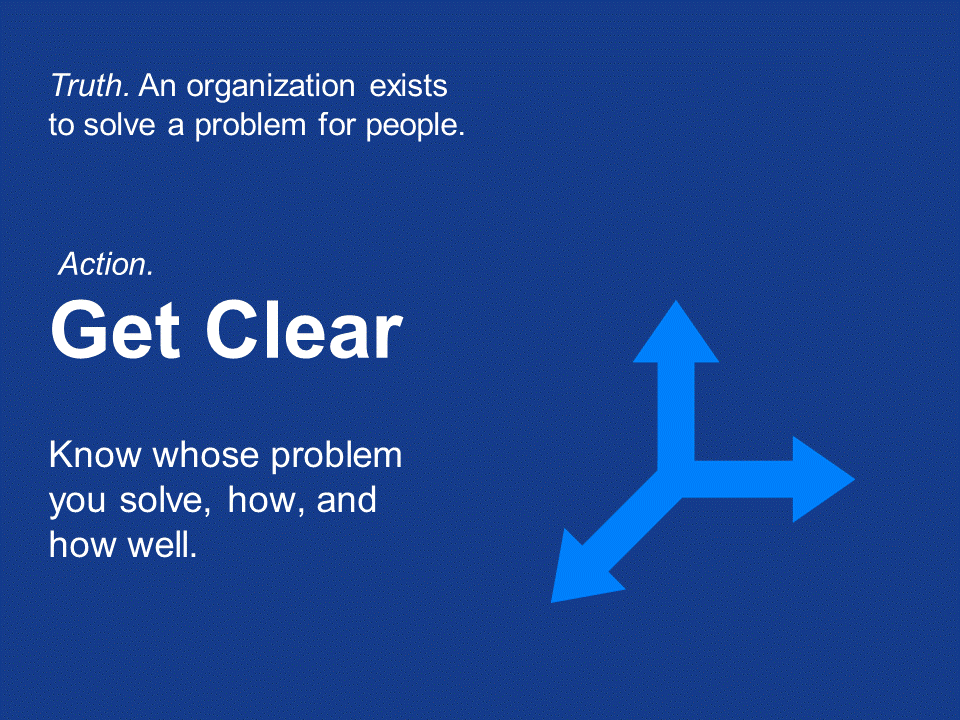![]() When an employee departs voluntarily it is almost always unanticipated and unwanted. Too often, though, leaders rationalize that employees who leave voluntarily were marginal and will not be missed.
When an employee departs voluntarily it is almost always unanticipated and unwanted. Too often, though, leaders rationalize that employees who leave voluntarily were marginal and will not be missed.
To keep the best on board, and to head off after-the-fact rationalizations, ask managers now to identify employees they would least like to lose. Go on to also ask what is being done to keep each and every one of them engaged and on track to success in the organization. Follow up to make sure what needs to be done is actually done.
When any employee leaves of their own choosing, assign a senior person with no stake in the case to speak with the departed. Use the survey questions in the form linked to the above graphic to draw out what happened, why s/he has decided to leave, and to be sure whatever needs to be unearthed and learned is brought to light. Continue reading How to head off unwanted voluntary attrition and what to do when it happens.





